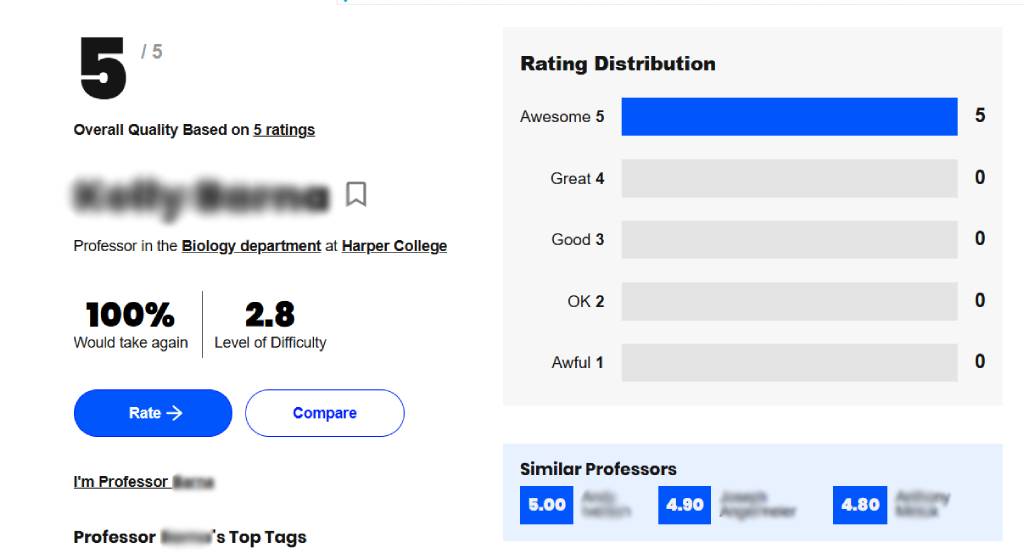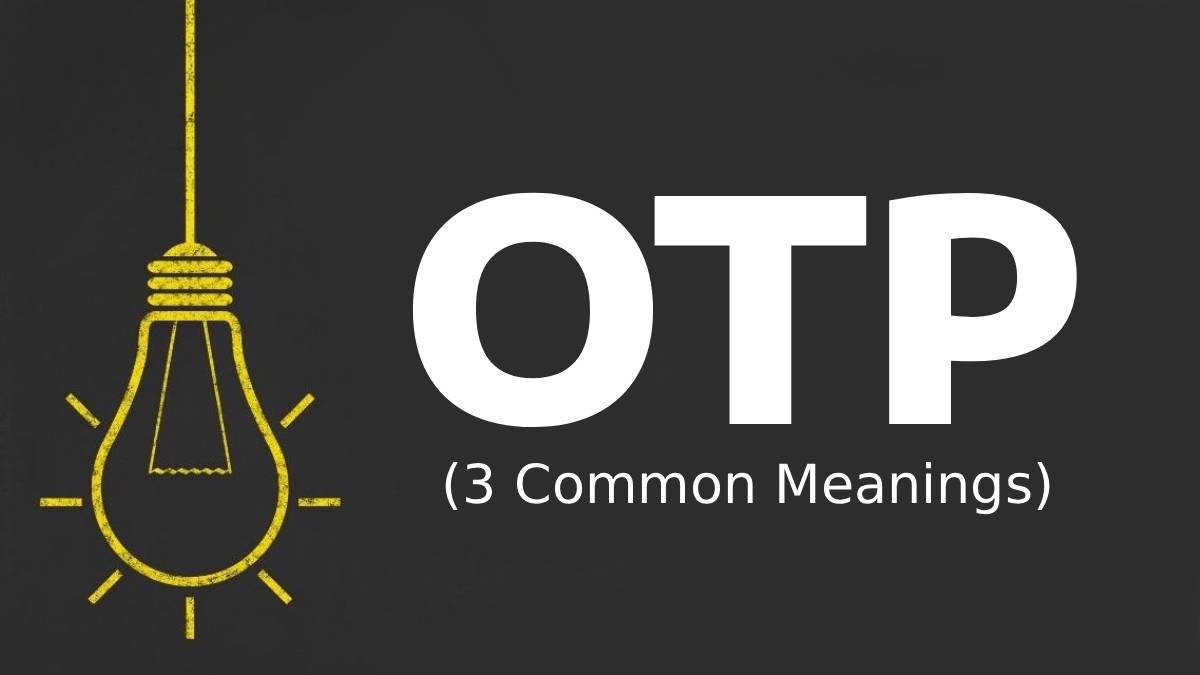Navigating college can feel like a maze, especially when it comes to choosing the right courses and professors. Enter Rate My Professors, a powerful tool that students have turned to for insights and advice on their academic journey. This platform offers real feedback from peers, helping you unveil the teaching styles and grading tendencies of professors before you enroll in their classes. But how can you make the most of this valuable resource?
From deciphering ratings to interpreting comments, understanding how to effectively use Rate My Professor can significantly impact your college experience and success. Whether you’re aiming for that coveted high grade or seeking a more engaging learning environment, leveraging this platform can help ensure you make informed decisions about your education. Join us as we dive deeper into what Rate My Professor is and uncover practical strategies for using it to your advantage!
The Purpose and Functionality of Rate My Professor
Navigating the landscape of higher education can be a daunting task. With so many courses to choose from and a variety of teaching styles among professors, students often find themselves overwhelmed. This is where Rate My Professor (RMP) steps in, acting as a beacon to guide students through their academic journey. Established in 1999, Rate My Professor has grown into one of the most prominent platforms where students can review and rate their instructors based on several criteria. These reviews provide invaluable insights for future students looking to make informed decisions about their course selections.
The primary purpose of Rate My Professor is to create a transparent community where students can share their experiences and opinions about their professors. This peer-to-peer feedback mechanism allows students to gain a better understanding of what to expect from a class before they enroll. By providing ratings and comments on various aspects such as teaching style, difficulty level, and overall experience, RMP helps students identify which professors align with their learning preferences and academic goals.
Beyond individual reviews, the platform also aggregates data to create a comprehensive profile for each professor. These profiles often include an overall rating, the number of ratings received, and specific feedback on elements like the professor’s clarity, helpfulness, and the ease of the course. This consolidated information can be incredibly useful for students who are trying to balance their course load, aiming for specific grades, or looking for engaging and supportive learning environments.
How Rate My Professor Works: A User’s Guide
Using Rate My Professor is straightforward and user-friendly, making it accessible to all students regardless of their technological proficiency. The first step involves visiting the www.ratemyprofessors.com because it does not have an official mobile app yet. Once on the platform, users can search for professors by name, school, or department, allowing them to quickly locate the instructors they are interested in reviewing or learning more about.

After finding a professor’s profile, users will see an overview of the ratings and reviews left by previous students. The profile typically includes an overall quality score, which is an average of all ratings the professor has received. Additionally, it features specific rating distribution from awesome to awful. These detailed ratings help students get a nuanced view of what to expect from the professor’s teaching style and course structure.

For those looking to leave a review, the process is equally simple. Students can rate their professor on a scale from 1 to 5 in various categories and provide written comments to elaborate on their experiences. These reviews are then subjected to a moderation process to ensure they adhere to the platform’s guidelines, which prohibit inappropriate language and personal attacks. This moderation helps maintain the integrity and usefulness of the feedback provided.
Benefits of Using Rate My Professor for College Students
One of the most significant benefits of using Rate My Professor is the ability to make informed decisions about course and professor selections. By reading reviews and ratings from fellow students, individuals can gauge whether a particular professor’s teaching style aligns with their learning preferences. This can lead to better educational outcomes, as students are more likely to engage and perform well in classes where they feel comfortable and supported.
Another advantage is the potential to save time and effort by avoiding courses that may not suit a student’s academic strengths or interests. For example, a student who struggles with heavy workloads might steer clear of professors known for assigning extensive homework or difficult exams. Conversely, those looking for a challenge can seek out instructors with reputations for rigorous coursework. This strategic planning can contribute to a more balanced and manageable course load.
Moreover, Rate My Professor fosters a sense of community and shared experience among students and professors. By participating in the platform, students not only benefit from the insights of others but also contribute their own perspectives to help future students. Some professors also use this website to gather student feedback and modify their teaching methods. This collective effort creates a supportive environment where everyone can work towards achieving their academic goals more effectively.
Understanding Professor Ratings: What to Look For
When utilizing Rate My Professor, it’s essential to know what to look for in the ratings and reviews to make the most informed decisions. The overall quality score is a good starting point, as it provides a general sense of the professor’s effectiveness. However, delving deeper into the specific category ratings can offer more detailed insights. Pay particular attention to clarity and helpfulness scores, as these indicate how well the professor communicates course material and supports students.
Comments left by previous students are another critical component to consider. These narrative reviews often provide context that numerical ratings cannot. For instance, a professor with a high difficulty rating might still receive positive reviews if students find their teaching style engaging and rewarding. Reading through these comments can help you understand the nuances of each professor’s approach and determine whether it aligns with your learning style.
It’s also important to consider the number of reviews a professor has received. A high overall rating based on a small number of reviews might not be as reliable as a slightly lower rating based on numerous reviews. The larger the sample size, the more accurate the representation of the professor’s performance is likely to be. Additionally, look for recent reviews to ensure the feedback reflects the professor’s current teaching methods and course structure.
How to Leave a Meaningful Review on Rate My Professor
Leaving a meaningful review on Rate My Professor not only helps your peers but also contributes to the overall reliability of the platform. To write an effective review, start by providing a balanced assessment of your experience. Highlight both the strengths and weaknesses of the professor’s teaching style and course structure. This balanced approach ensures that your review is fair and informative.
Be specific in your comments. Instead of simply stating that a professor is “good” or “bad,” provide concrete examples to support your claims. For instance, if you found the professor’s lectures engaging, mention how they used multimedia or real-world examples to illustrate complex concepts. Conversely, if you struggled with their grading system, explain what aspects were unclear or inconsistent. Specificity helps future students understand what to expect and how to prepare for the course.
Finally, maintain a respectful and professional tone. Avoid personal attacks or overly negative language, as these can undermine the credibility of your review. Constructive criticism is far more valuable and likely to be taken seriously by other students and the professor themselves. By following these guidelines, you can ensure that your review is both helpful and respected within the Rate My Professor community.
Common Misconceptions About Rate My Professor
Despite its popularity, several misconceptions about Rate My Professor persist. One common myth is that only disgruntled students leave reviews, leading to a biased representation of professors. While it’s true that some students may use the platform to vent their frustrations, many others provide balanced and thoughtful reviews. The key is to read multiple reviews to get a comprehensive view of the professor’s performance.
Another misconception is that high ratings guarantee an easy course. While a professor with high ratings may indeed have a more engaging teaching style, this doesn’t necessarily mean the course will be easy. Often, highly-rated professors are those who challenge their students and push them to achieve their best. Therefore, it’s crucial to read the comments and look at the difficulty rating to get a full picture of what to expect.
Some students also believe that Rate My Professor is not a credible resource because it relies on anonymous reviews. However, the platform’s moderation process helps mitigate the risk of false or malicious reviews. Additionally, the sheer volume of reviews usually balances out any anomalies, making it a generally reliable tool for course and professor evaluation.
Integrating Rate My Professor into Your College Planning
Incorporating Rate My Professor into your college planning can significantly enhance your academic experience. Start by using the platform during the course selection process. Before enrolling in a class, check the professor’s ratings and reviews to ensure their teaching style aligns with your learning preferences. This proactive approach can help you avoid unnecessary stress and set you up for success from the beginning.
Rate My Professor can also be a valuable resource when planning your course load for the semester. By understanding the workload and difficulty level of each class, you can create a balanced schedule that allows you to manage your time effectively. This strategic planning can prevent burnout and help you maintain a healthy work-life balance throughout the semester.
Additionally, consider using Rate My Professor as a tool for academic and career planning. Some professors are known for their expertise in specific fields or their connections within certain industries. By identifying these professors early on, you can seek out opportunities for mentorship, research projects, or internships that align with your career goals. Leveraging these connections can provide a significant advantage as you transition from college to the professional world.
Alternatives to Rate My Professor: Other Resources for Course Evaluation
While Rate My Professor is a valuable tool, it’s not the only resource available for course evaluation. Many colleges and universities offer their own internal course evaluation systems, which can provide additional insights and feedback. These evaluations are often more formal and may include detailed questions about the course structure, teaching methods, and overall experience.
Another alternative is to seek recommendations from academic advisors, peers, or upperclassmen. These individuals often have firsthand experience with various professors and can provide personalized advice based on your specific needs and goals. Additionally, some student organizations or academic departments may maintain their own databases of course and professor reviews, which can be a useful supplement to Rate My Professor.
Online forums and social media groups dedicated to your college or university can also be valuable resources for course evaluation. These platforms often feature discussions and reviews from current and former students, providing a broader perspective on different courses and professors. By combining information from multiple sources, you can make more informed decisions and optimize your academic experience.
Conclusion:
In conclusion, Rate My Professor is a powerful tool that can significantly impact your college success. By providing a platform for peer-to-peer feedback, it helps students make informed decisions about course and professor selections. Understanding how to effectively use this resource—from deciphering ratings to leaving meaningful reviews—can enhance your academic experience and set you up for success.
However, it’s important to use Rate My Professor as part of a broader strategy for academic planning. Combining insights from RMP with other resources, such as academic advisors and internal course evaluations, can provide a more comprehensive view of your options. This holistic approach ensures that you are well-prepared and confident in your course selections.
Ultimately, leveraging Rate My Professor and other evaluation tools can help you navigate the complexities of higher education more effectively. By making informed decisions and seeking out opportunities for growth and development, you can maximize your college experience and achieve your academic and career goals. So, take the time to explore Rate My Professor and other resources, and use them to your advantage as you embark on your academic journey.




